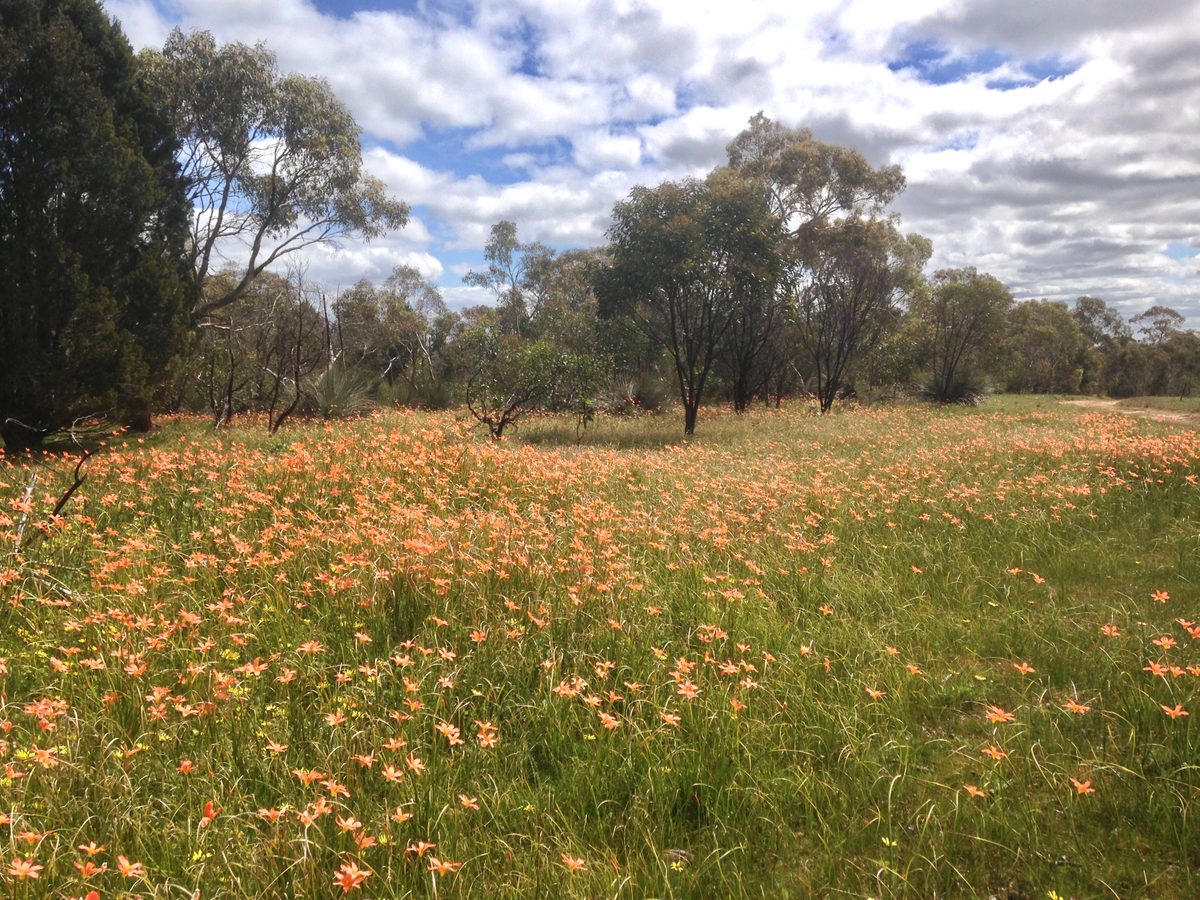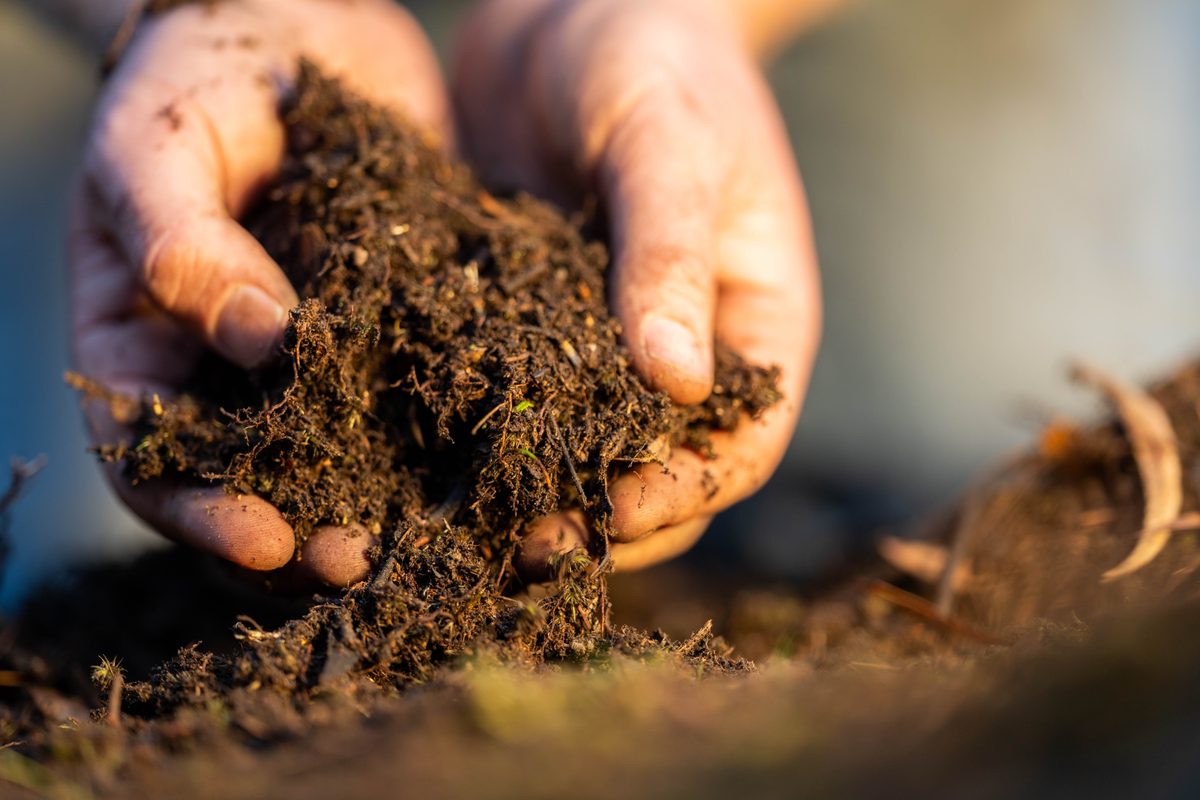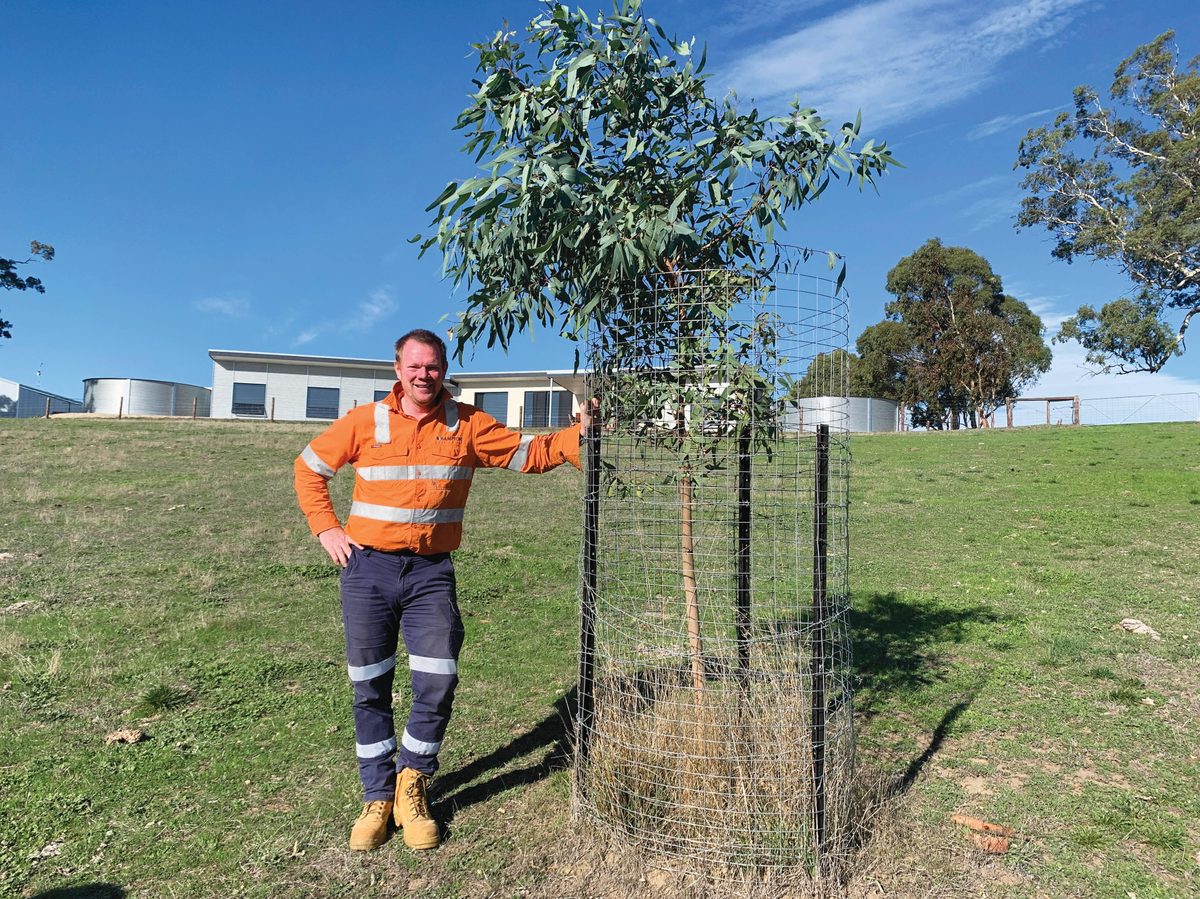Don’t tiptoe through these tulips!
The bright orange or salmon flowers of Cape tulip Moraea flaccida may look attractive, but all parts of this strappy bulb are toxic to grazing animals either as fresh growth or dried within stock fodder.
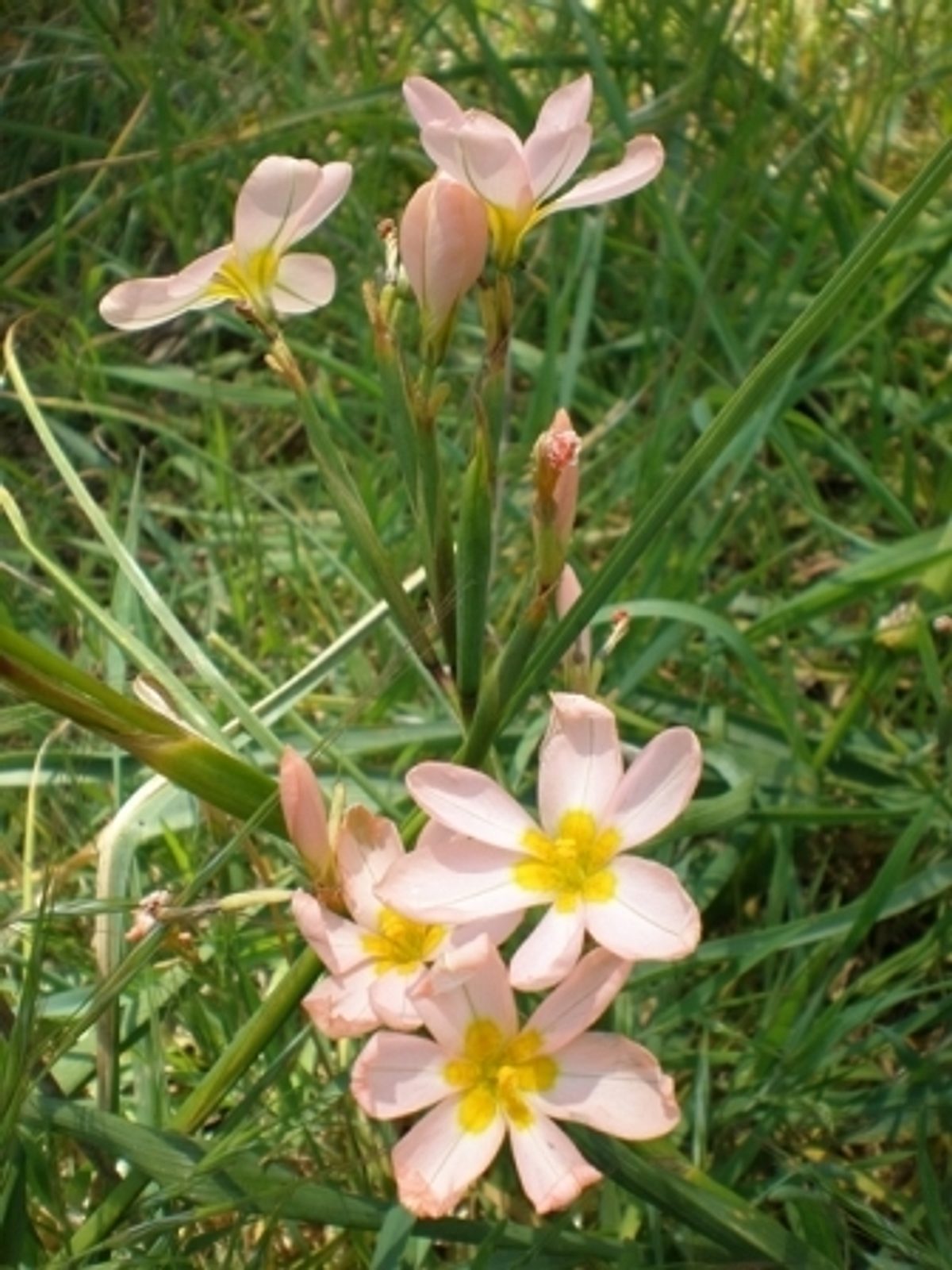
Cape tulip was introduced from South Africa to Australia 150 years ago as a garden plant, but it is now a widespread and declared weed that invades agricultural lands and areas of native vegetation.
To prevent the spread of Cape tulip, it is crucial that control measures are taken as early as possible during winter prior to it flowering in spring as this plant can reproduce both by seed and corms (bulbs), which can remain dormant for many seasons.
Seed is spread by wind, water, stock and even by hay transported from infested paddocks. Both the corms and the seed can be dispersed in contaminated soil or mud by farm machinery.
Large infestations of the weed are best treated with herbicide applied through a boom sprayer, hand-line or weed wiper, while individual plants can be hand-wiped or spot sprayed with herbicide, or physically dug out.
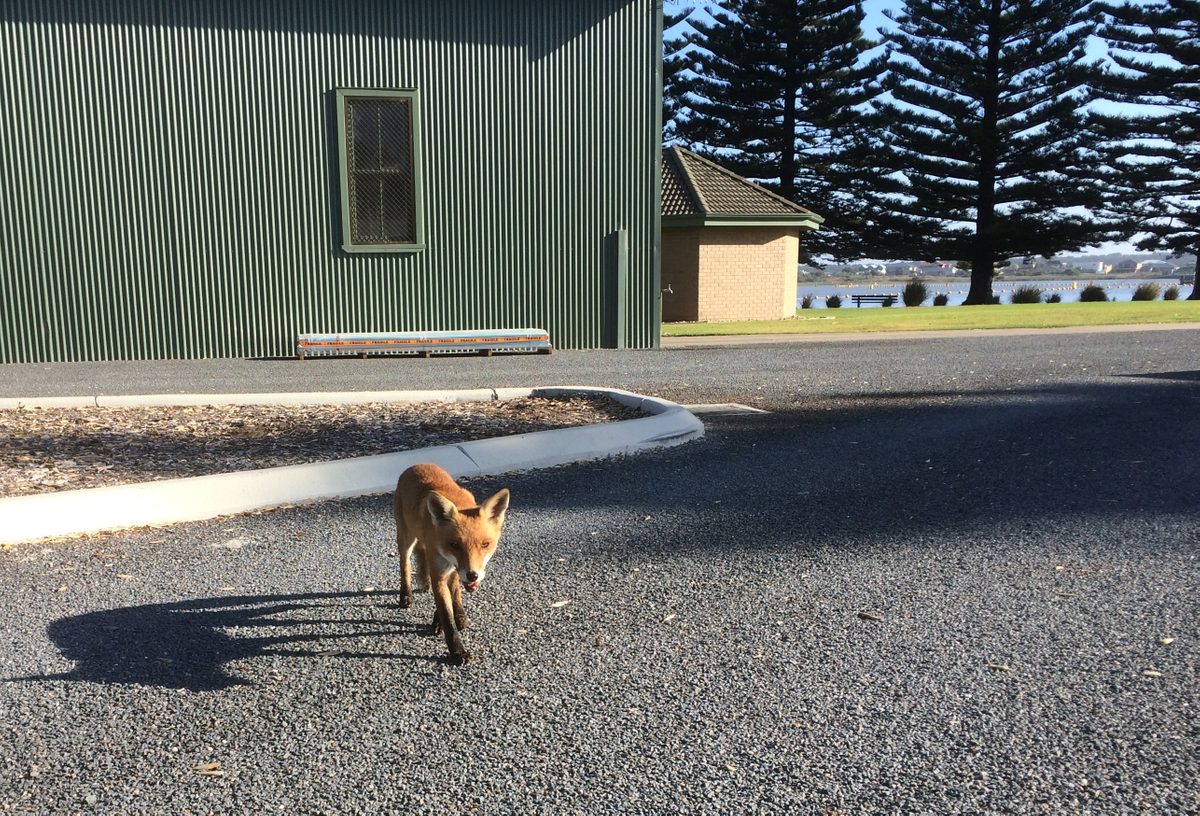
Staff from the Hills and Fleurieu Landscape Board are happy to advise landholders on the best control methods and can be contacted at Mount Barker 8391 7500 or Willunga 8550 3400.
